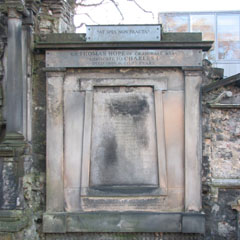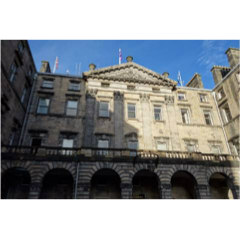
City Chambers today
253 High Street, Edinburgh, EH1 1YJ
The City Chambers are the civic headquarters of Edinburgh City Council. Members of the public can attend most meetings of the Council, Committees, and Sub-committees. Completed in 1761 and designed by the architect John Adam, the building was originally a merchant exchange. However, merchants preferred to do their business in taverns in the High Street so, in 1811, the Council took over the building. A civic reception was held here to celebrate the 100th anniversary of the founding of the Edinburgh Association for Improving the Conditions of the Poor, along with a service in St. Giles Cathedral, a Fashion Show, a Ball and a Yule Fair. On the 19th April 2018, Edinburgh Voluntary Organisations Council (EVOC) celebrated their 150th anniversary with a reception in the Scottish Parliament.
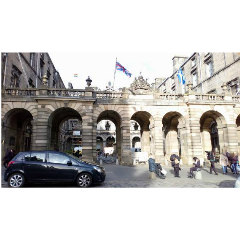
City Chambers today
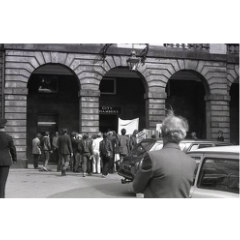
Protest at City Chambers, date unknown
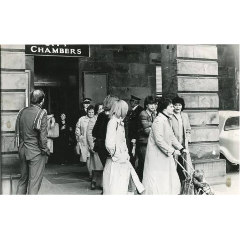
City Chambers, date unknown
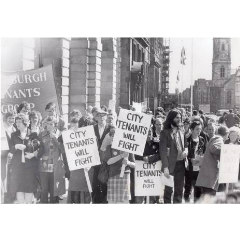
Protest at City Chambers, 1980s
Photo credits:Lucy Ridley, EVOC

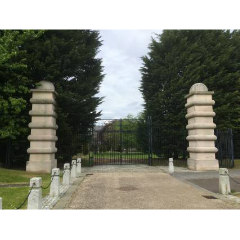

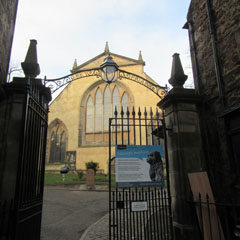 Greyfriars Kirkyard, Candlemaker Row, Edinburgh EH1 2QQ
Greyfriars Kirkyard, Candlemaker Row, Edinburgh EH1 2QQ